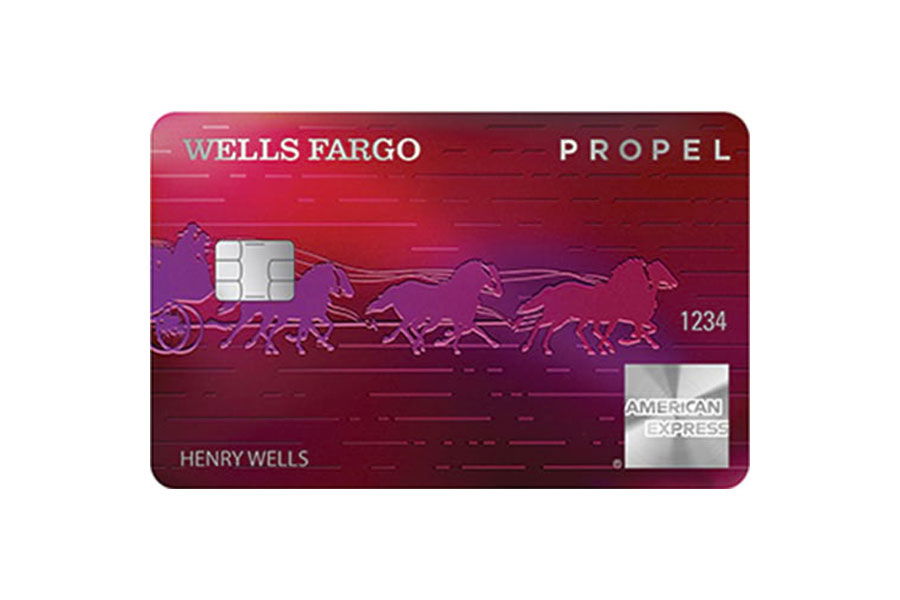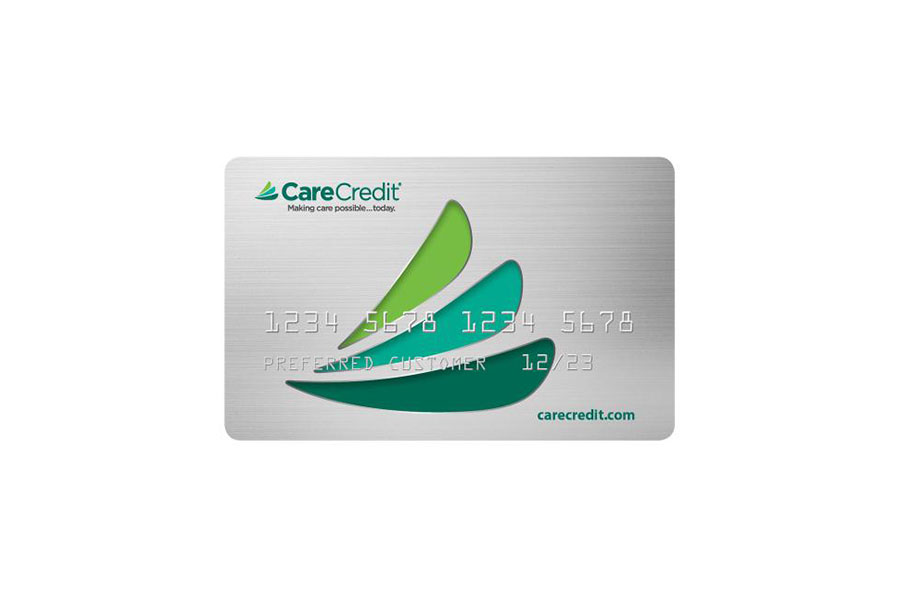Revolving credit is a flexible borrowing option that lets you repeatedly access a set credit limit as long as you make payments on time. Unlike installment loans with fixed monthly payments, revolving credit allows you to borrow and repay at your own pace.

This type of credit includes options like credit cards and home equity lines of credit (HELOCs), giving you ongoing access to funds without reapplying.
When used wisely, revolving credit can help build your credit score and provide financial flexibility. But carrying a balance can lead to high-interest charges, making responsible use essential. Let’s break down how it works, common examples, and how it impacts your credit.
How Revolving Credit Works
Revolving credit gives you ongoing access to a set credit limit, allowing you to borrow, repay, and borrow again without needing to reapply. This flexibility makes it different from installment loans, which have fixed monthly payments and a set payoff date.
Here’s how it works:
- Getting Approved – You apply for a revolving credit account, such as a credit card or a home equity line of credit (HELOC). The lender reviews your credit history, income, and other factors to determine your credit limit.
- Using Your Credit – Once approved, you can make purchases or withdraw funds up to your limit. Unlike a loan, you don’t have to use the full amount at once.
- Making Payments – Each month, you receive a statement with your current balance and a minimum payment due. You can pay off the full balance to avoid interest, or carry a balance and make minimum payments.
- Interest Charges – If you don’t pay the full balance by the due date, interest is applied to the remaining amount. Credit cards typically have high-interest rates, while HELOCs often have lower variable rates.
- Reusing Available Credit – As you make payments, your available credit replenishes, letting you continue borrowing as needed.
Revolving credit can be a powerful financial tool when used responsibly. Keeping balances low and making on-time payments can help improve your credit score, while missed payments and high credit utilization can have the opposite effect.
Examples of Revolving Credit
Revolving credit comes in several forms, each with its own advantages and potential drawbacks. The most common types include unsecured credit cards, secured credit cards, and home equity lines of credit (HELOCs).
Unsecured Credit Cards
Unsecured credit cards are the most widely used form of revolving credit. These cards are not backed by collateral, meaning approval is based on your creditworthiness rather than a security deposit.
- How They Work: Your credit limit is determined by the card issuer based on factors like your credit score, income, and existing debts. You can make purchases up to this limit, and as you make payments, your available credit replenishes.
- Interest Rates: If you carry a balance, you’ll be charged interest, often at a high annual percentage rate (APR). The average credit card APR is around 16%, but it can be much higher for those with lower credit scores.
- Who It’s For: Unsecured credit cards are best for individuals with good credit who want a flexible borrowing option without putting up collateral.
Secured Credit Cards
Secured credit cards function similarly to unsecured cards but require a cash deposit as collateral. This deposit typically serves as the credit limit, reducing the risk for lenders.
- How They Work: If you deposit $500, your credit limit is usually $500. You use the card just like a regular credit card, and your responsible use is reported to the credit bureaus.
- Who It’s For: These cards are ideal for people with no credit history or those rebuilding their credit after financial setbacks.
- How They Help: By making on-time payments and keeping balances low, users can eventually qualify for an unsecured credit card.
See also: Best Secured Credit Cards
Home Equity Lines of Credit (HELOCs)
A HELOC is a revolving credit line that allows homeowners to borrow against their home’s equity. Instead of receiving a lump sum, you can withdraw funds as needed, making it useful for ongoing expenses like home renovations.
- How They Work: Your lender approves you for a credit limit based on your home’s equity and financial profile. You can withdraw funds up to this limit, repay what you borrow, and continue using the available credit.
- Interest Rates: HELOCs typically have lower interest rates than credit cards but come with variable rates, meaning payments can fluctuate.
- Potential Risks: If you fail to make payments, your home serves as collateral, and the lender could foreclose. It’s essential to borrow only what you can afford to repay.
Revolving credit can be a valuable financial tool when used responsibly. Choosing the right type depends on your needs, financial situation, and ability to manage payments effectively.
How Revolving Credit Impacts Your Credit Score
Using revolving credit wisely can help strengthen your credit score, while mismanaging it can have the opposite effect. Here’s how it plays a role in your credit profile:
Payment History
Your payment history is the most significant factor in your credit score. Late or missed payments on revolving accounts can lower your score and remain on your credit report for up to seven years. Paying on time every month builds a strong credit profile.
Credit Utilization
Your credit utilization ratio—the amount of credit you’re using compared to your total credit limit—has a major impact on your score.
- Using more than 30% of your available credit can lower your credit score.
- Keeping utilization low signals responsible credit management and makes you appear less risky to lenders.
- Paying off balances in full each month avoids interest and helps keep your utilization low.
Credit Mix
Lenders like to see a mix of different credit types, including both revolving credit (credit cards, HELOCs) and installment loans (auto loans, mortgages). Having a diverse credit mix can positively impact your credit score, but it’s not necessary to open new accounts just for the sake of variety.
New Credit Inquiries
Each time you apply for a new revolving credit account, the lender performs a hard inquiry on your credit report.
- A single hard inquiry may lower your score by a few points.
- Multiple hard inquiries in a short period can signal risk to lenders.
- Managing applications strategically—such as spacing them out over time—can help minimize the impact.
Length of Credit History
The longer you keep your revolving credit accounts open, the better it is for your credit score. Closing old credit cards can reduce your average account age, which may lower your score. Keeping long-standing accounts open, even if they’re not frequently used, helps maintain a strong credit history.
When used responsibly, revolving credit can be a valuable tool for building and maintaining good credit. Staying on top of payments, keeping balances low, and managing accounts wisely can set you up for financial success.
How Revolving Credit Can Help You Build Credit
Revolving credit is one of the easiest ways to build your credit from scratch or improve a damaged score. Many lenders report your payment history to the three major credit bureaus, so making on-time payments and keeping balances low can gradually increase your credit score. If you’re just starting out or rebuilding, secured credit cards are a great option since they require a deposit, but function like regular credit cards.
When used responsibly, revolving credit can be a powerful tool for improving your financial profile. Staying on top of payments, keeping balances low, and managing accounts wisely can set you up for long-term success.
Revolving Credit vs. Installment Credit
Revolving credit and installment loans function differently, especially when it comes to repayment and interest charges.
Installment loans, such as auto loans, mortgages, and personal loans—have fixed payments over a set term. Once you receive the loan, you repay it in equal monthly installments until the balance is paid off. These loans typically have fixed interest rates, so your payment amount remains the same.
Revolving credit, such as credit cards and HELOCs—allows you to borrow, repay, and borrow again up to a set credit limit. There are no fixed payments, and interest is charged on any balance you carry over. This flexibility can be helpful, but if you only make minimum payments, interest costs can add up quickly.
Both types of credit can impact your credit score. Installment loans help with credit mix and payment history, while revolving credit can influence your credit utilization and overall borrowing power.
Interest Rates on Revolving Credit
Most revolving credit accounts have variable interest rates, meaning they fluctuate based on market conditions.
- Credit Cards – Credit card APRs can change based on the prime rate or if you trigger a penalty APR by missing a payment. This can significantly increase your interest costs.
- HELOCs – These lines of credit are typically tied to the prime rate, meaning your interest rate can rise or fall depending on economic factors. Some lenders set rate caps to limit increases, but payments can still fluctuate over time.
Since variable rates can make borrowing more expensive, it’s best to pay off revolving balances as quickly as possible to minimize interest charges.
Best Practices for Managing Revolving Credit
Revolving credit can be a powerful financial tool, but it’s easy to fall into debt if it’s not managed carefully. Here are some best practices to help you maintain control and protect your credit score:
- Pay Off Balances in Full – Carrying a balance from month to month leads to interest charges that can add up quickly. Paying off your full balance by the due date helps you avoid unnecessary costs.
- Keep Credit Utilization Below 30% – Using too much of your available credit can hurt your credit score. Aim to keep your balances low relative to your credit limit to show lenders that you’re managing credit responsibly.
- Set Up Autopay – Missing a payment can result in late fees, penalty APRs, and damage to your credit score. Autopay ensures you never forget a due date.
- Avoid Maxing Out Your Credit Limit – Using all of your available credit signals financial risk to lenders. Keeping your balance well below your limit makes you a more attractive borrower.
- Review Statements for Errors and Fraud – Unauthorized charges and billing errors can impact your account. Regularly checking your statements allows you to catch and dispute issues early.
By following these best practices, you can use revolving credit to your advantage while avoiding costly mistakes.
Final Thoughts
Revolving credit offers flexibility that can help you manage expenses, build your credit score, and access funds when needed. However, without proper management, it can lead to high-interest debt and financial strain.
By making on-time payments, keeping balances low, and staying on top of your accounts, you can maximize the benefits of revolving credit while minimizing risks. Whether you’re using a credit card, a HELOC, or another form of revolving credit, responsible use is key to maintaining financial stability and a strong credit profile.




